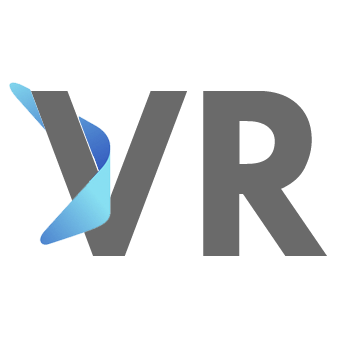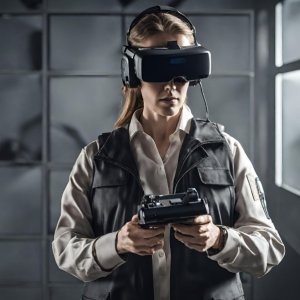In the ever-evolving landscape of healthcare, technology has been a driving force behind transformative changes. One of the most promising advancements in recent years is Extended Reality (XR), which encompasses Virtual Reality (VR), Augmented Reality (AR), and Mixed Reality (MR). XR technologies are making significant strides in the healthcare sector, revolutionizing patient care and medical training. In this article, we will explore how XR is reshaping the healthcare industry and improving patient outcomes.
What is XR in Healthcare?
Before we delve into the impact, let’s briefly understand what XR entails in the context of healthcare:
Virtual Reality (VR): VR creates entirely immersive, computer-generated environments that can be used for medical training, therapy, and patient engagement.
Augmented Reality (AR): AR overlays digital information onto the real world, enhancing medical visualization, surgery planning, and medical education.
Mixed Reality (MR): MR blends elements of both VR and AR, allowing for interactive experiences that combine the virtual and real worlds.
Enhancing Medical Training
Surgical Training
XR technologies have revolutionized surgical training by providing immersive, risk-free environments for practicing complex procedures. Surgeons can rehearse surgeries, learn new techniques, and refine their skills in a virtual setting before performing operations on real patients. This reduces the margin for error and enhances patient safety.
Anatomy Education
Medical students can explore the human body in three dimensions through VR and AR applications. They can dissect virtual cadavers, visualize complex anatomical structures, and gain a deeper understanding of the human body’s intricacies.
Improving Patient Care
Pain Management
VR has proven to be a valuable tool for managing pain and anxiety in patients. By immersing patients in soothing virtual environments, healthcare providers can reduce pain perception and stress during medical procedures, ultimately improving patient comfort.
Physical Rehabilitation
XR is used in physical therapy and rehabilitation programs to engage patients in interactive exercises. Customized VR experiences can motivate patients to adhere to their rehabilitation regimens and track their progress.
Patient Education
Patients can better understand their medical conditions and treatment options through XR. AR applications can provide visual explanations of procedures, medications, and post-operative care, empowering patients to make informed decisions about their healthcare.
Diagnostic and Treatment Advancements
Medical Imaging
AR is used to enhance medical imaging, allowing surgeons to overlay real-time 3D images onto the patient’s body during surgery. This helps guide procedures with precision and minimizes invasive interventions.
Remote Consultations
XR enables remote consultations, especially valuable in telemedicine. Doctors can use AR to visualize patients’ conditions in real-time, providing expert guidance from afar.
Pharmaceutical Research
Pharmaceutical companies use XR for drug discovery and development. Researchers can visualize molecular structures and simulate drug interactions in VR, expediting the drug development process.
Challenges and Considerations
While XR holds immense potential in healthcare, several challenges must be addressed:
Cost: Implementing XR technologies can be expensive, and healthcare institutions may need to invest in hardware and software solutions.
Regulatory Compliance: XR applications in healthcare must comply with stringent regulatory standards to ensure patient safety and data privacy.
Training: Healthcare professionals need training to effectively use XR technologies and integrate them into their workflows.
The Future of Healthcare with XR
The integration of XR technologies into healthcare is not merely a trend; it is a transformation. As XR continues to evolve, its impact on patient care, medical training, and research will only grow. The healthcare industry is on the brink of a technological revolution that promises improved patient outcomes, reduced medical errors, and enhanced accessibility to quality care.
Incorporating XR into healthcare is a testament to the industry’s commitment to innovation and patient-centric care. As we embrace these technologies, we move closer to a future where XR plays a pivotal role in enhancing the health and well-being of individuals around the world.






